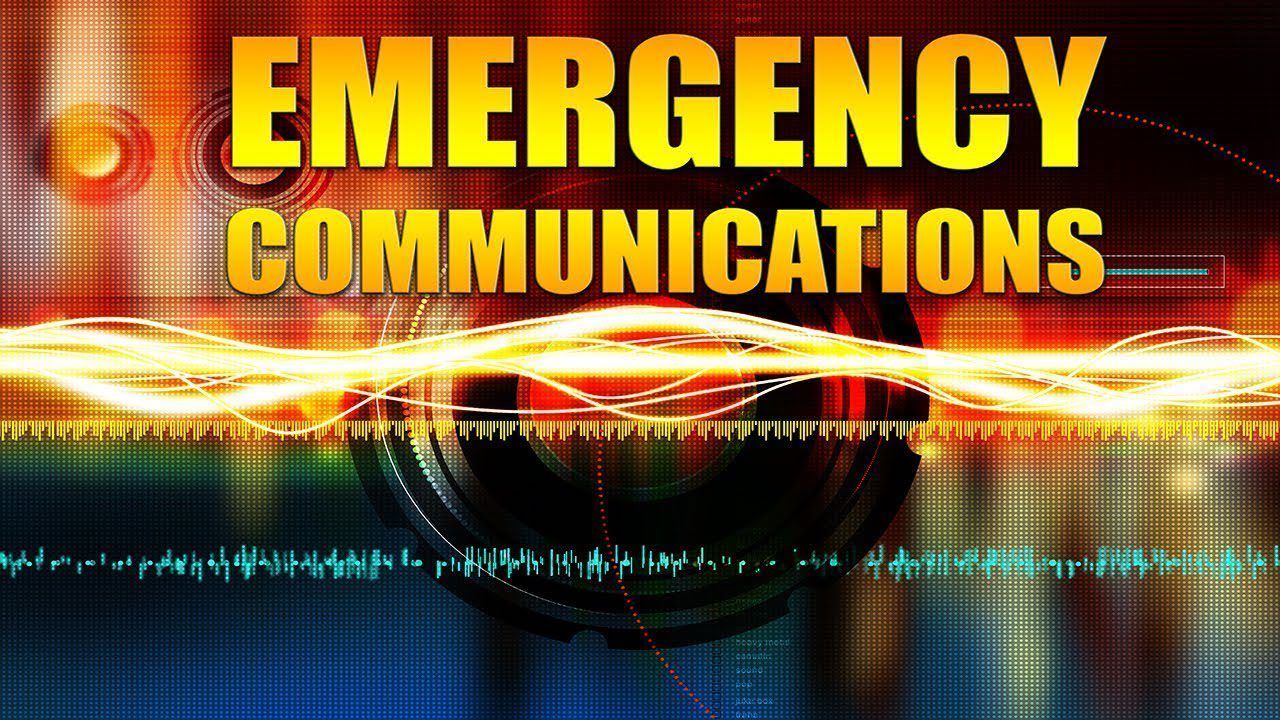First $50,000 donation given to emergency comms project

After a disaster, when first responders aren’t able to communicate with each other and the public cannot communicate with them, there’s a feeling of hopelessness and anxiety that in this technological day and age we seldom feel. In part, that is why one island organization – the Boca Grande Disaster Relief Fund – has stepped up to make an initial donation of $50,000 to an island committee in charge of purchasing and implementing a new emergency operations/communications system that will be vital to our island.
There is hope that other island organizations will donate as well to help the committee reach their goal, which is a fluid number at this time – somewhere around $270,000.
The need for this type of technology became apparent after Hurricanes Irma and Ian, as Irma created a situation in which communications and cell phone failure took place sporadically up and down the Gulf Coast. Ian was worse, obviously. Not only did the island lose its cell tower, but also there was the realization that this one lone tower was serving us for just about the entire signal we had. If a tower goes down on the mainland, one might get a signal here and there – sometimes even a clear one – by repositioning and triangulation of other cell phone towers in the area, but we do not have that luxury here.
As you will recall, the service we had prior to Ian was sporadic at the north end and the very southern end of the island. Not to mention, the satellite phones that a select few on the island possessed did not work, because the system was overloaded with others trying to use it after the storm.
Sometimes it isn’t even a failure of the multiple antennas and other equipment used to keep cell phone communications flowing, as was the case when an Internet headquarters facility was destroyed by flooding after Hurricane Irma.
In other words, there are many ways we can lose communications after a disaster, and having an on-island communications network that is separate is important.
The plan would be implemented in three phases. In the first phase, top-shelf handheld radios would be purchased, as well as antennas, a repeater system and a “hub” radio that would be manned by a dispatcher at a Public Safety Answering Point. Police, fire, EMS, street cleaners, tree trimmers, first responders and health workers would be able to communicate with each other on island, at the bridge and possibly with the Charlotte County Fire and EMS station just off island near Publix, without any reliance on off-island dispatch centers.
There would be training done with the radios as well, as they are capable of a great many things that some people who use them every day now don’t even know about. Small radio masts supporting radio repeaters will be placed strategically around the island – at the Gasparilla Island Bridge Authority and the Boca Bay Power House and on the cell tower (when it is completed).
Committee members have said that each installation would be able to operate independently if others were down, and each would have a backup generator available.
The second and third stages of the emergency communications plan would make available more effective communication with the mainland through the use of our own emergency operations center.
Discussion within the committee regarding the project began after it was realized that our emergency response system on the island for private citizens currently is dependent on cell phone service.
“Potentially deadly deficiencies in island emergency response are severely aggravated to this day by the fact that the Boca Grande Fire Department cannot directly, routinely and instantly communicate with on-island Lee County and Charlotte County sheriff’s deputies. All coordination and dispatch is done by those respective counties’ distant dispatch centers, despite the existence of State Mutual Aid Channels.”
In many cases, the lack of use regarding those channels directly corresponds with a lack of training on the part of law enforcement, fire and EMS. Those tasked with instituting an on-island, fire department-owned-and-operated emergency communications system believe that full-scale interagency cooperation and true interoperability are key to completing the project.
That’s why, after four months of extensive research by engineers at Motorola and Suncoast Expeditionary Associates to create a system that will work for us, the committee can begin to test the waters and start implementing the first phase of the project before the new cell tower is up.
More information will be forthcoming on how you can financially help the group achieve their monetary goal to purchase the equipment needed, as well as field experts to help train island residents.
Read more here …









